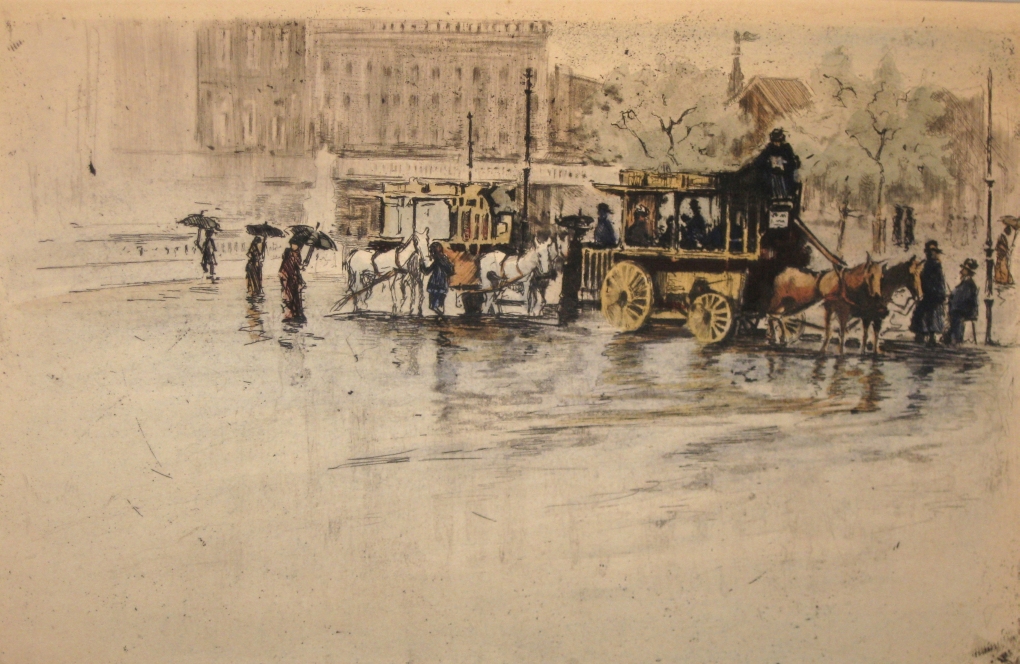Kurt Losch on:
[Wikipedia]
[Google]
[Amazon]
 Kurt Albert Dietrich Losch (29 November 1889, in
Kurt Albert Dietrich Losch (29 November 1889, in
 In 1943, he was diagnosed with scleroderma, a rare autoimmune skin disease. He succumbed to its effects a year later, and was interred in the family gravesite at the cemetery in
In 1943, he was diagnosed with scleroderma, a rare autoimmune skin disease. He succumbed to its effects a year later, and was interred in the family gravesite at the cemetery in
Kurt Losch website
Advertising stamps
for brands from Seifen-Losch. {{DEFAULTSORT:Losch, Kurt 1889 births 1944 deaths 20th-century German painters 20th-century German male artists German etchers Kunstakademie Königsberg Deaths from scleroderma Painters from Berlin German Army personnel of World War I German male painters
 Kurt Albert Dietrich Losch (29 November 1889, in
Kurt Albert Dietrich Losch (29 November 1889, in Berlin
Berlin ( , ) is the capital and largest city of Germany by both area and population. Its 3.7 million inhabitants make it the European Union's most populous city, according to population within city limits. One of Germany's sixteen constitue ...
– 7 May 1944, in Berlin) was a German painter and graphic artist.
Life and work
He was the second of three sons born to Reinhold Losch (1859–1927), owner of the merchandising chain, "Seifen-Losch". He completed his basic education on 1907 then, from 1909 to 1911, he attended the Royal School of Art in Berlin, where he studied art history and "drawing from life" with . Upon graduating, he passed the test to become a drawing teacher. He continued his studies at the Kunstakademie Königsberg with . This was followed by a year studying portrait painting with Georg Ludwig Meyn, at what is now theBerlin University of the Arts
The Universität der Künste Berlin (UdK; also known in English as the Berlin University of the Arts), situated in Berlin, Germany, is the largest art school in Europe. It is a public art and design school, and one of the four research universiti ...
.
He finished his work there shortly before the beginning of World War I
World War I (28 July 1914 11 November 1918), often abbreviated as WWI, was one of the deadliest global conflicts in history. Belligerents included much of Europe, the Russian Empire, the United States, and the Ottoman Empire, with fightin ...
; when he was conscripted and served as a Lieutenant. After being discharged, at the end of the war, he established himself as a free-lance painter in Berlin. From then until 1930, he was also a co-owner of his father's business which, at that time, had over 90 branches.
He was married twice. First, from 1935 to 1938, to an art student, Lore Zamzow (1913–1992). They had no children and were divorced. In 1940, he married Ursula Boltzenthal (1921–1958), the daughter of a textile merchant, with whom he had a daughter. In 1937, he created some of his most familiar works; a series of etchings depicting historical scenes of Berlin, on the occasion of its 700th anniversary.
 In 1943, he was diagnosed with scleroderma, a rare autoimmune skin disease. He succumbed to its effects a year later, and was interred in the family gravesite at the cemetery in
In 1943, he was diagnosed with scleroderma, a rare autoimmune skin disease. He succumbed to its effects a year later, and was interred in the family gravesite at the cemetery in Luisenstadt
Luisenstadt () is a former quarter (''Stadtteil'') of central Berlin, now divided between the present localities of Mitte and Kreuzberg. It gave its name to the Luisenstadt Canal and the Luisenstädtische Kirche.
History
The area of the neighb ...
. His widow, Ursula, remarried in 1945; to the writer, Rudolf Ditzen, better known by his pen name, Hans Fallada
Hans Fallada (; born Rudolf Wilhelm Friedrich Ditzen; 21 July 18935 February 1947) was a German writer of the first half of the 20th century. Some of his better known novels include '' Little Man, What Now?'' (1932) and ''Every Man Dies Alone'' ...
.
References
Further reading
* Joachim Artz: ''Der Berliner Maler Kurt Losch und Feldberg.'' Lenover, Neustrelitz 1997, (Strelitzer Geschichte, Vol.12)External links
*Kurt Losch website
Advertising stamps
for brands from Seifen-Losch. {{DEFAULTSORT:Losch, Kurt 1889 births 1944 deaths 20th-century German painters 20th-century German male artists German etchers Kunstakademie Königsberg Deaths from scleroderma Painters from Berlin German Army personnel of World War I German male painters